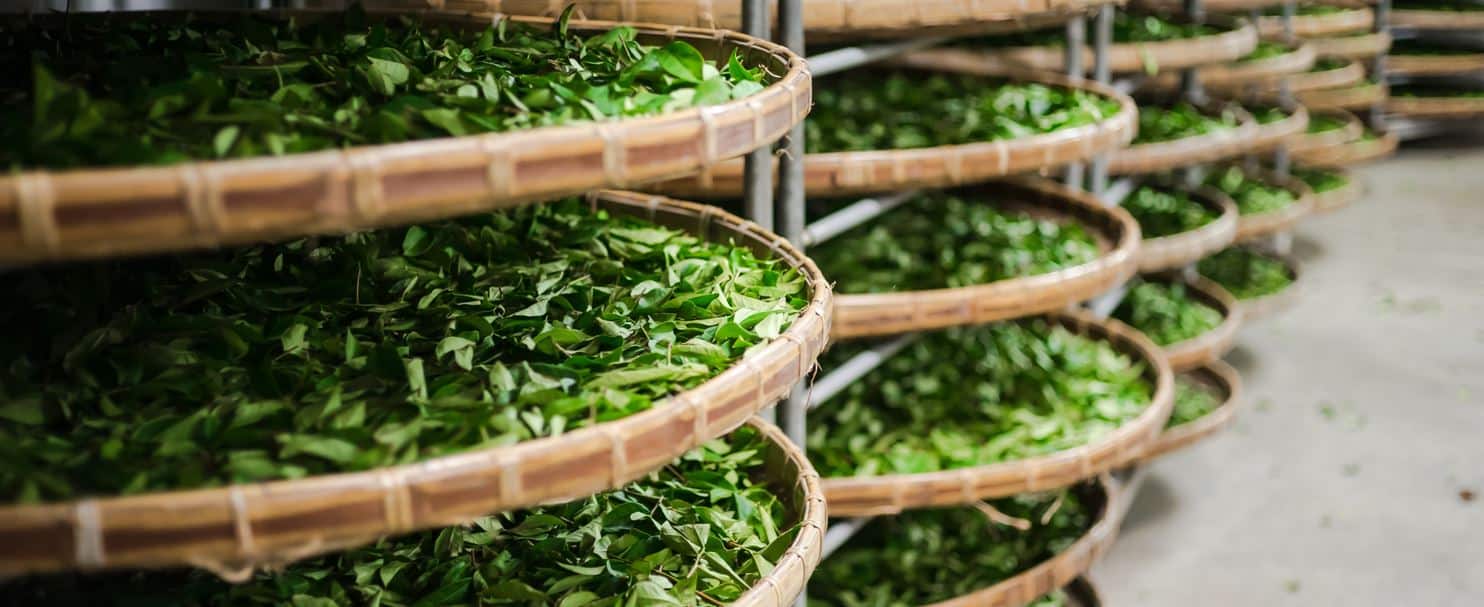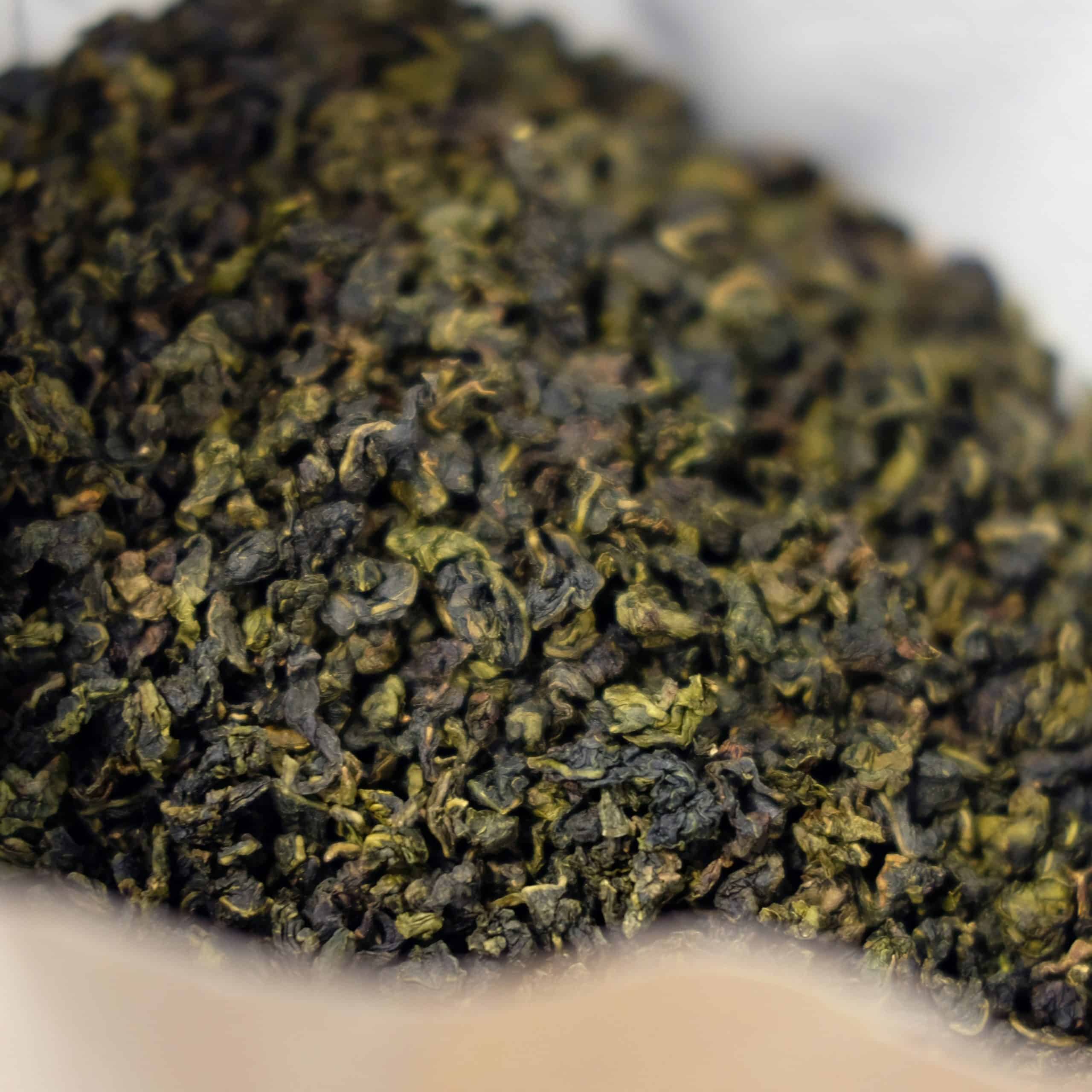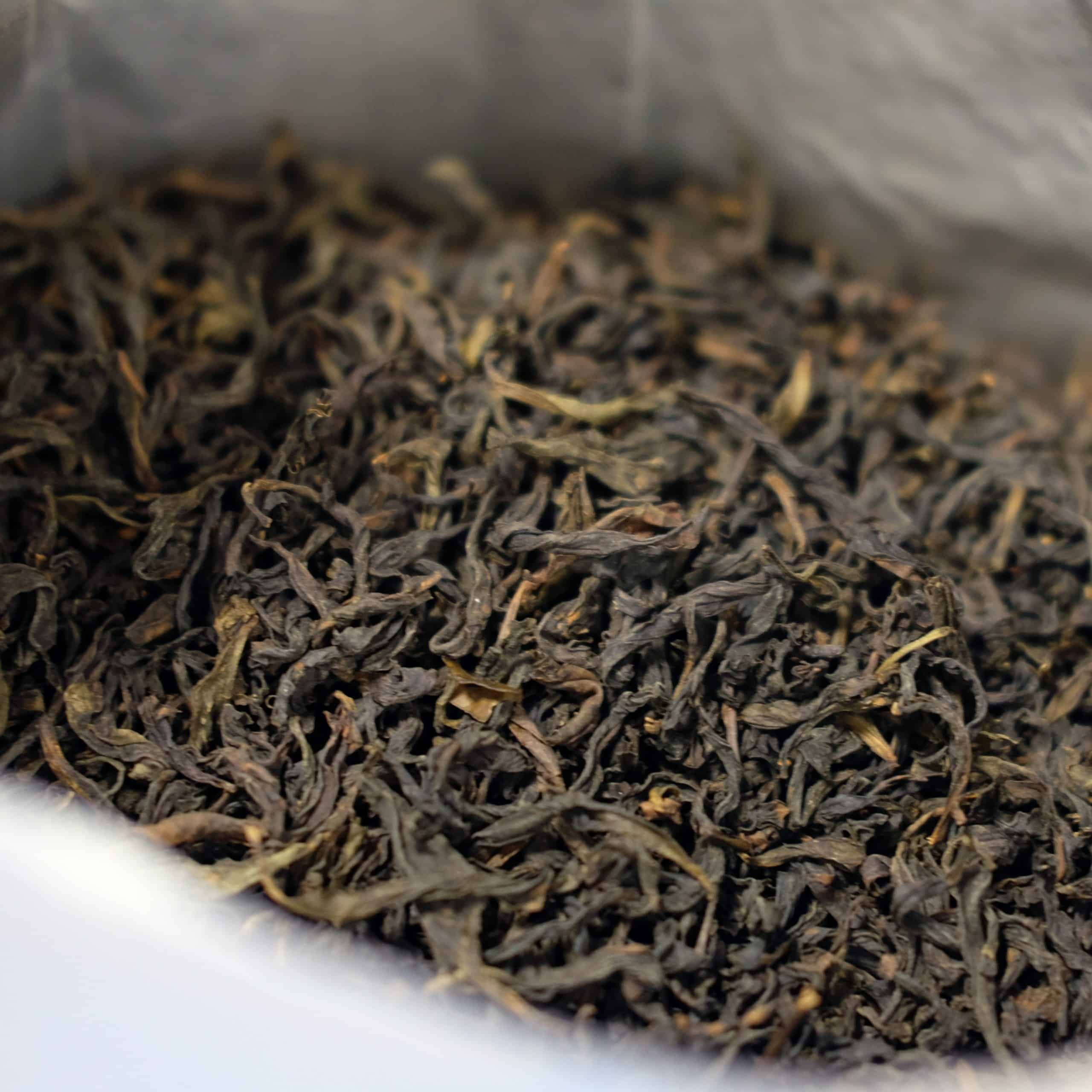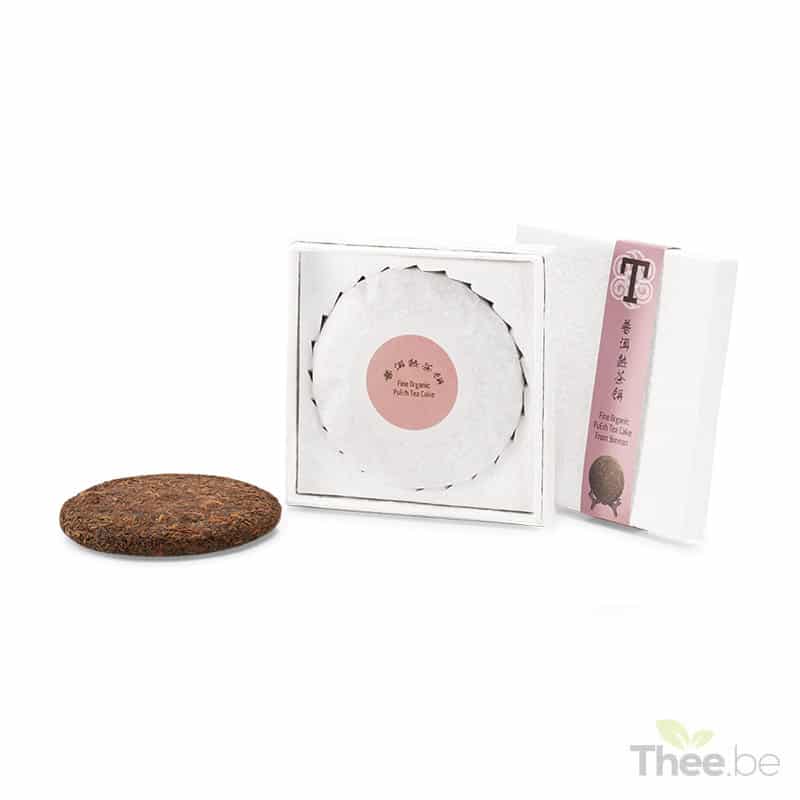Every type of tea (white, yellow, green, oolong, black, and post-fermented tea) is made from the same tea plant, the Camellia Sinensis. The difference between the types lies in the production process.
To properly understand the production process of tea, it’s also important to know the distinction between oxidation and fermentation. These terms are sometimes used interchangeably, but they are indeed different. An oxidation process results in oolong tea or black tea, depending on the degree of oxidation. For instance, partial oxidation results in oolong tea, while complete oxidation produces black tea. A fermentation process, on the other hand, is necessary for producing post-fermented tea. The workings of both processes can be discovered in this blog.
Oxidation Process in Tea
Oxidation is an enzymatic process where polyphenols with a small molecular weight (e.g., catechins) are converted into types with a larger molecular weight, such as theaflavins and thearubigins. As a result, the green tea leaves turn brown, and the chemical composition, aroma, taste, and appearance of the tea change. This is a natural process that occurs when the tea leaves are exposed to oxygen. The tea producer does have the ability to stop this process once the desired degree of oxidation is achieved, by heating the tea leaves. The faster this enzymatic activity is stopped, the less oxidized the tea leaves will be. The more bruised or broken the tea leaves are, the faster the tea will oxidize. Oxidation is a process that requires the presence of oxygen.
Examples of teas with a low oxidation content are light oolongs like Milky Oolong and Tie Guan Yin. Da Hong Pao and Dark Pearl oolong are examples of oolongs with a higher degree of oxidation. The oxidation level in oolong tea can vary between 10 percent to almost 80 percent. Black tea has an oxidation level of 100% and is therefore fully oxidized. You can easily determine the oxidation content of a tea by looking at the color of the tea leaves. The darker the tea leaves, the higher the oxidation level.
Fermentation Process in Tea
Fermentation is the result of microbial and/or bacterial activity and is often induced by humidity and heat. It occurs in post-fermented teas where fermentation is the result of a combination of humidity, heat, and the activity of fungi in the tea. This process takes place in a special room, where the temperature and humidity can be controlled. Fermentation is a process that occurs without the presence of oxygen.
The fermentation process of tea originated in China. In the past, this was an unconscious process due to the long journey by horse that the tea had to undergo. Post-fermented tea was specifically made to be easily transported to remote villages high in the Chinese mountains. This transport was done with the help of donkeys and horses. To facilitate transportation, tea, green tea at the time, was pressed into cakes. During the long ride through forests and humid areas, humidity, rainwater, and temperature fluctuations activated microbes in the tea leaves that caused a very slow, continuous fermentation. This changed the character of the tea. This slow fermentation gave the tea a milder, softer taste and the longer the tea was stored and fermented, the sweeter and more honey-like the tea eventually became.
Hopefully, you found this blog very informative and will now be able to distinguish these two processes from now on. Do you have any questions? Ask us via the comments below, WhatsApp, or email.







